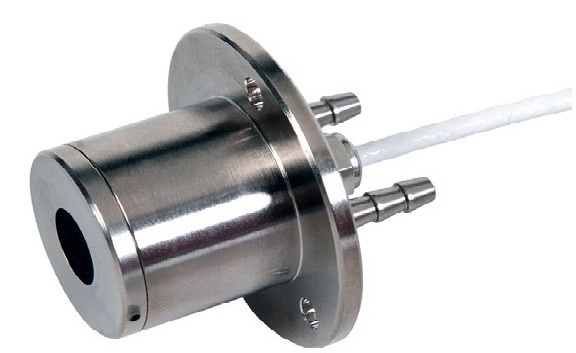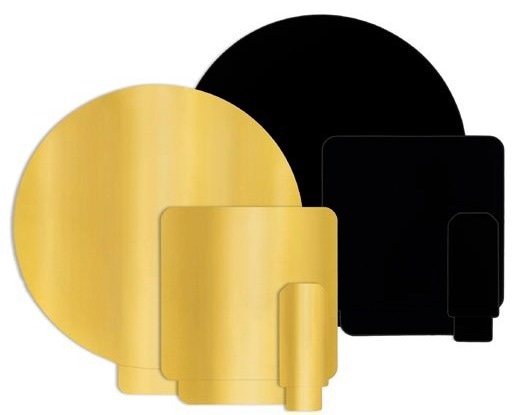Hukseflux began producing heat flux sensors in 1993 and has grown to become the global market leader in heat flux measurement. In this article, the fundamentals of heat flux sensor measurements and their applications are discussed.
Heat flux sensors are used to measure energy flux onto or through a surface in W/m2. Heat transfer occurs via conduction, convection or radiation and is driven by temperature gradients where heat travels from a hot source to a cold sink.
Convective and conductive heat flux is measured by allowing heat to flow through the sensor, whereas radiative flux is measured by utilizing heat flux sensors with black absorbers, converting radiative energy to conductive energy.
Heat flux sensors are optimized by Hukseflux depending on the requirements of the application. The key variables to consider are:
- Rated temperature range
- Rated heat flux range with and without cooling
- Response time
- Sensitivity
- Size, shape, flexibility and spectral properties
- Chemical resistance and safety requirements
Typically, Hukseflux heat flux sensors employ thermopiles which generate a signal in response to the temperature difference across the hot and cold sides. The produced signal is proportional to the heat flux. Thermopiles are passive sensors, meaning they do not require power, and the output signal is usually on the order of millivolts.

Water-cooled heat flux sensor for radiative flux. Image Credit: Hukseflux Thermal Sensors B.V.

High-temperature all-metal heat flux sensor (industrial). Image Credit: Hukseflux Thermal Sensors B.V.

Flexible foil heat flux sensor (general purpose). Image Credit: Hukseflux Thermal Sensors B.V.

BLK - GLD measuring convective and radiative heat flux. Image Credit: Hukseflux Thermal Sensors B.V.

This information has been sourced, reviewed and adapted from materials provided by Hukseflux Thermal Sensors B.V.
If you would like to have more information about heat flux measurements and heat flux sensors, please contact Hukseflux.